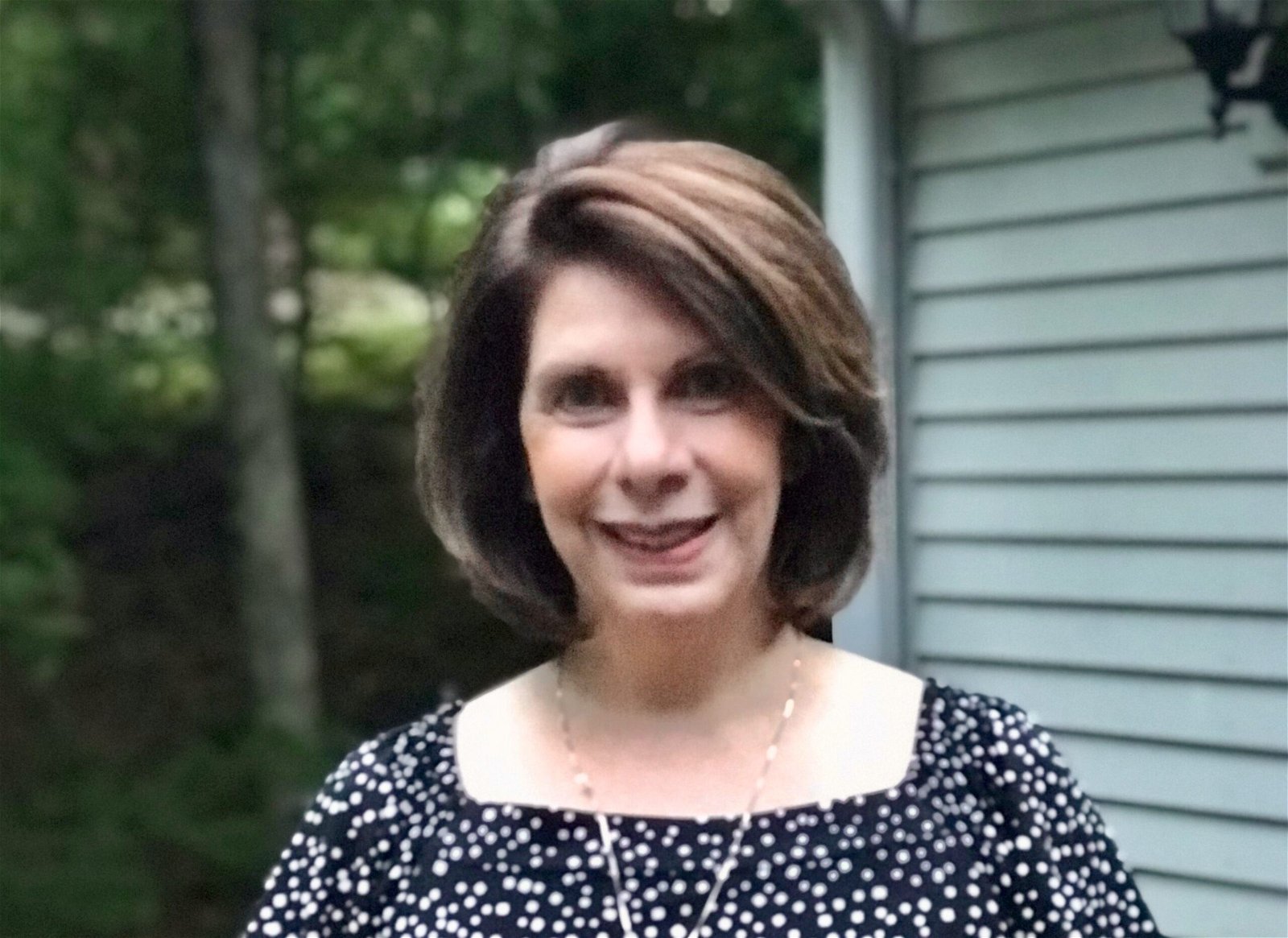 Victoria Atamian Waterman’s debut novel Who She Left Behind has captured the soul and strength of the women who survived the atrocities and brutality inflicted on the Armenian people by the Ottoman Turks in 1915. The author further exposes the stain of guilt for those who survived and began their lives in the diaspora.
Victoria Atamian Waterman’s debut novel Who She Left Behind has captured the soul and strength of the women who survived the atrocities and brutality inflicted on the Armenian people by the Ottoman Turks in 1915. The author further exposes the stain of guilt for those who survived and began their lives in the diaspora.
Beautifully crafted in this vibrant historical fiction is the description of how exiles established roots in America. The Armenian communities in Worcester and Providence offered a wall of protection and a sense of comfort to the survivors. These enclaves were also a beacon of opportunity – a chance for the new arrivals to reinvent their fractured lives. To survive in the new land, each immigrant bears a story that, in their mind and for their healing, must remain hidden from the American public. The silence is deafening, but also, as the story’s main character Aunt Vicky explains, necessary:
“No one spoke of what she’d been through. After a few months, the physical pain was mostly gone, though she was often weak and tired easily. It was easier for her family to show support than to speak of it. With the advantage of distance and time, Vicky saw that their silence was a legacy of the march through the desert and the horrors around that time. She couldn’t blame them. Mayrig set the tone all the way back to Hamidieh Camp: there was nothing to go back to, so why speak of it?” (160)
Waterman’s affinity and advocacy for women and girls, as displayed through her career and her TEDx talk titled “Today’s Girls are Tomorrow’s Leaders,” is on full display in her novel. Growing up in a multicultural and multilingual household in Rhode Island with her Armenian Genocide survivor grandparents served as the foundation for the novel. She described how a visit to her Aunt Vicky’s gravesite in the North Burial Ground in Providence, Rhode Island, and the mysterious flowers she discovered there one day in May, served as the starting point for Who She Left Behind. Through the novel, Waterman “aims to shed light on the often-overlooked stories of courageous women who not only survived but resisted the atrocities of the Armenian Genocide, becoming the pillars of reconstructed communities after the war.”
Who She Left Behind weaves a generational exploration of the strength the female characters of the novel don’t even know they possess. The heroine in this expressive historical fiction imparts on the reader that love triumphs over tragedy, and ancestral ties, even though severed, are never extinguished. Aunt Vicky, like all Armenian ancestors, faced immeasurable suffering, but the overarching theme of this literary work is hope and healing for future generations.



Be the first to comment